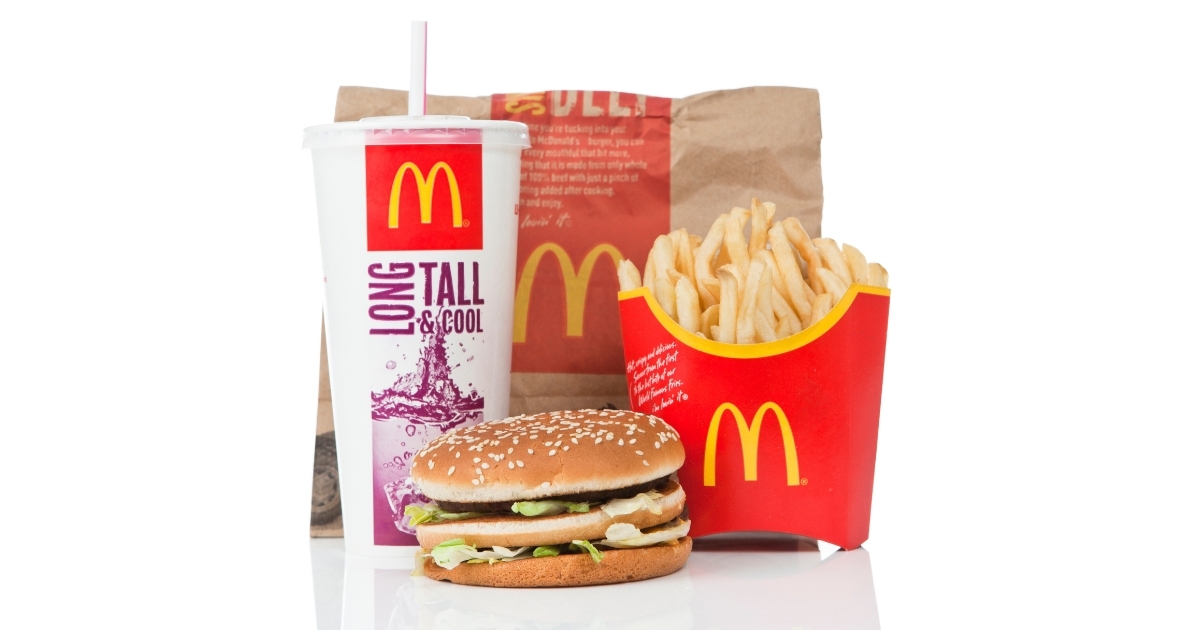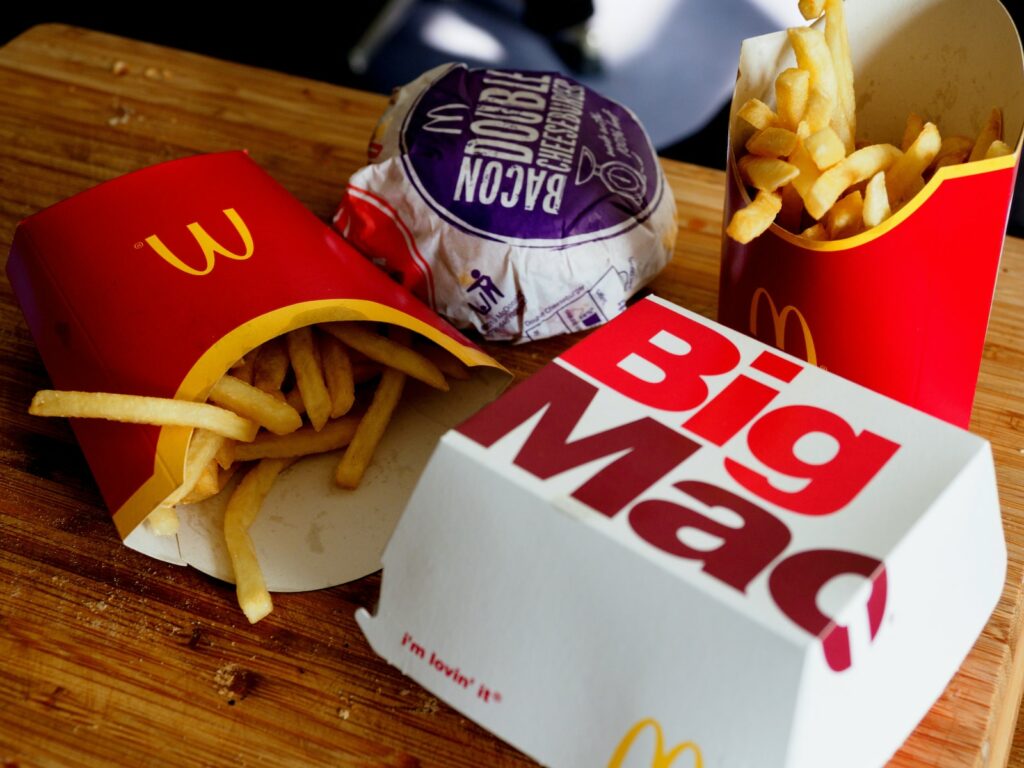
istock.com/EllenMoran
McDonald’s Revenue Increases as Some Pay $18 for a Big Mac
October 30, 2023
The New York Post shared how McDonald’s reported a 14% increase in its quarterly revenue, attributing the growth to “strategic menu price increases.” The fast-food giant recorded total revenues of $6.69 billion for the quarter ending Sept. 30, surpassing Refinitiv analysts’ estimate of $6.58 billion. Despite operating 13,513 outlets in the U.S. and over 38,000 internationally, McDonald’s has not revealed the extent to which it has raised its prices, which typically differ across locations.
Following the disclosure of its Q3 earnings report, McDonald’s shares experienced a less than 1% increase in pre-market trading.
A jump to $2.3 billion from last year’s $1.98 billion marked the rise in net income. Additionally, due to price increments, same-store sales in the U.S. saw an 8.1% ascent.
On an earnings call, CFO Ian Borden authenticated that McDonald’s augmented its U.S. prices in Q3. Although the exact hike was not revealed, he projected a tad above 10% rise in menu prices for the full year. This prediction would mark a second consecutive annual price increase of 10%.
This past summer, the New York Post also covered how a McDonald’s located in a Connecticut rest stop off Interstate 95 in Darien, one of America’s most affluent towns, drastically increased menu item prices. According to a Twitter post by Sam Learner, customers were being asked to pay $18 for a Big Mac combo meal, which sparked considerable controversy. Other staggering prices include $19 for certain Quarter Pounder meals, $18 for a McCrispy sandwich, $18.29 for a 10-piece Chicken McNuggets, and $16.59 for a Filet-O-Fish sandwich. Even the typical dollar-menu cheeseburger is priced at $17 for a pair.

This might not be true for franchises across America, but “that same Big Mac combo will run hungry patrons $13.69 at a McDonald’s in Times Square.” In further contrast, the McDonald’s app in New York City illustrates a “$1 $2 $3” menu, which, in fact, does not offer any items at $1 or $2. The least expensive choice, a small french fry order, sets a patron back $2.49. Nevertheless, fries can be scored complimentary every Friday until the end of the year.
Last month, the Chicago-based fast-food giant notified that starting in 2024, franchisees opening new outlets will be subjected to an elevated 5% royalty fee. This move breaks a nearly three-decade-long pattern of a 4% franchisee royalty fee, a portion of gross sales, plus additional costs like rent, other expenses, and the company’s mobile app contributions.
These escalated rates, previously dubbed as “service fees,” now termed “royalty fees,” will only impact newcomers in the franchise business, company-owned restaurant buyers, and relocated restaurants, according to an internal message examined by CNBC.
Franchisees maintaining their current status or planning a purchase from another operator, and those revamping existing locations or transferring their franchise to a family member, will remain unaffected by this increment.
Recent News
New Starbucks Artist Collaboration Merch Announced
Inspired by personal experiences and cultural heritage, artist Monyee Chau brings forth a collection under the Starbucks Artist Collaboration Series set to debut this summer.
FDA Says Eating Yogurt May Help With One Common Disease
The Food and Drug Administration claims that yogurt could help with one common disease, but there’s a catch as to not mislead consumers.
Climeworks Unveils ‘World’s Largest’ Carbon Capture Plant
Amidst the global climate crisis, a groundbreaking solution emerges: the inauguration of the world’s largest carbon capture plant, “Mammoth,” in Iceland. Developed by Climeworks, this plant marks a significant stride in the pursuit of curbing planet-heating emissions.
Palmer Candy Company Recalls 29 Products for Possible Salmonella Contamination
The Food and Drug Administration (FDA) has recalled 29 of Palmer Candy Company’s white-coated confectionary items because of the potential for salmonella contamination.

